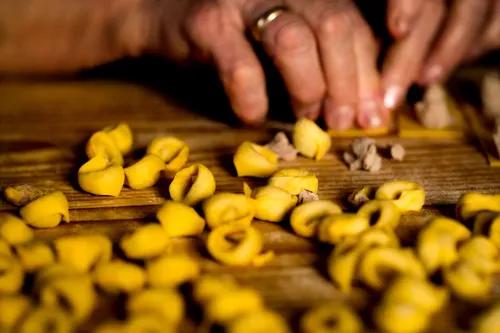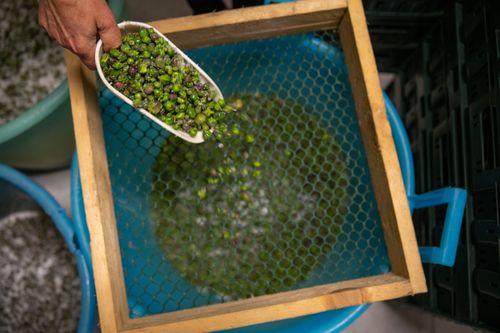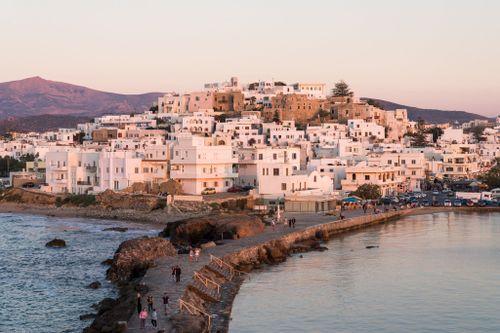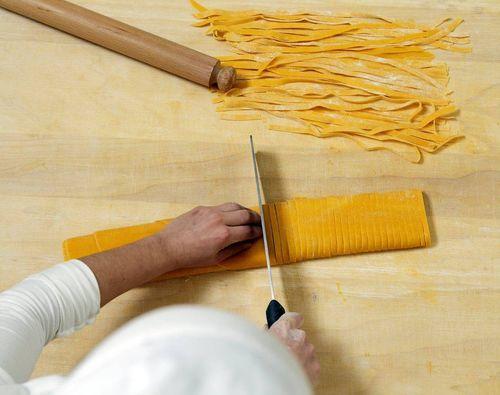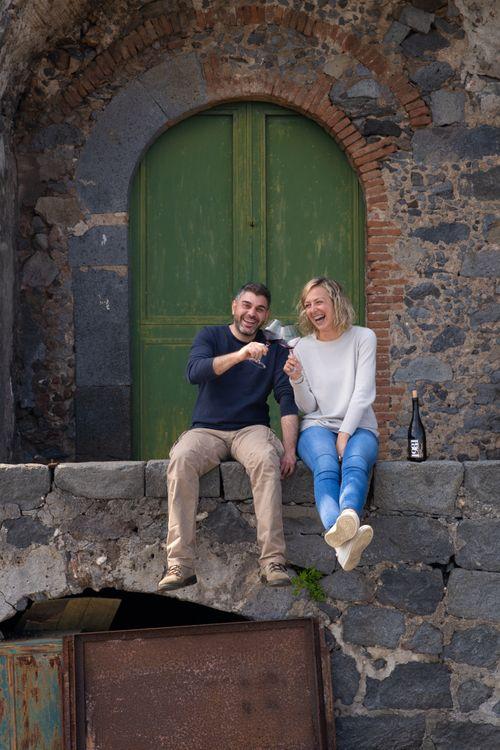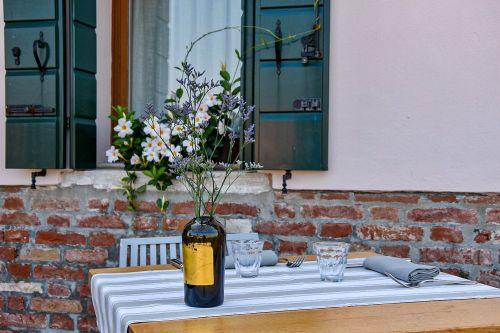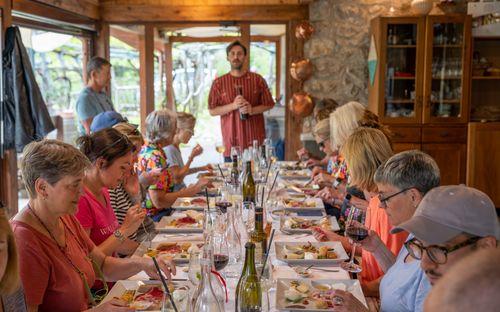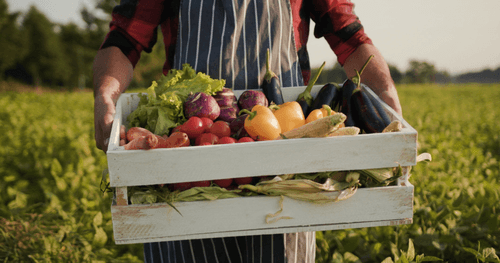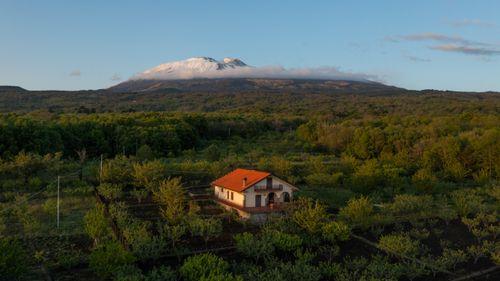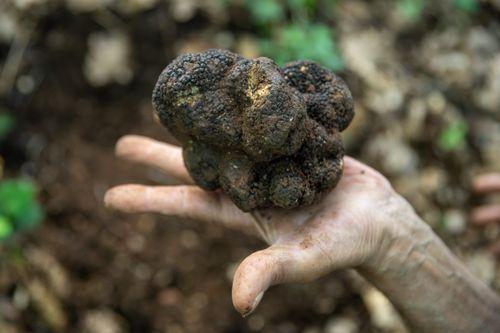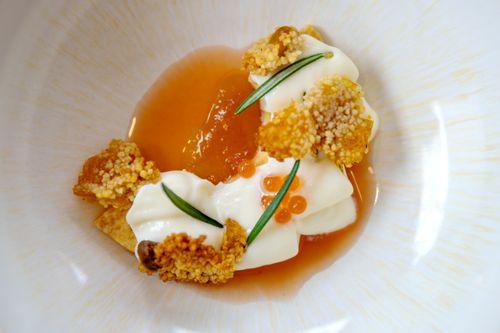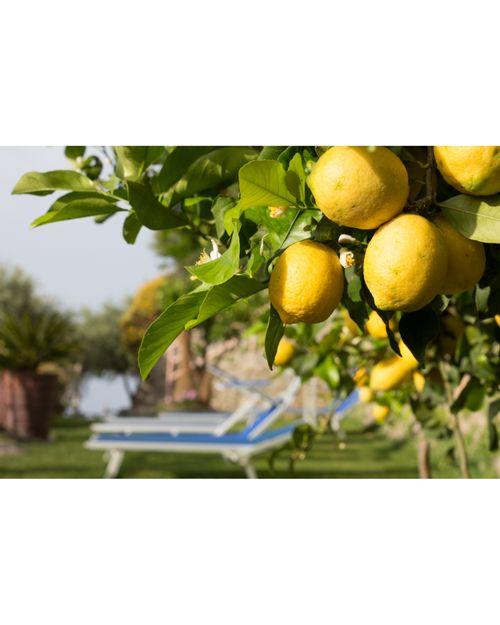
Slow Food
Good clean and fair food for everyone
Slow Food presidia with feast
What is Slow Food?
Slow Food is a global grassroots movement that advocates for sustainable and locally sourced food production, celebrating traditional cooking methods, artisanal products, and the preservation of culinary diversity. Founded in Italy in 1986 by Carlo Petrini, Slow Food promotes the idea of "good, clean, and fair" food, emphasizing quality, environmental stewardship, and social justice.
At its core, Slow Food encourages people to take the time to enjoy and appreciate their food, fostering connections between producers, consumers, and the land. It supports small-scale farmers, fishermen, and food artisans who prioritize quality over quantity, and who work in harmony with the environment.
Slow Food organizes events such as food festivals, farmers' markets, and educational initiatives to raise awareness about the importance of sustainable food systems and to promote the enjoyment of regional cuisines and traditional ingredients. Through its efforts, Slow Food aims to create a world where everyone has access to nutritious, delicious, and culturally significant food while respecting the planet and its resources.



What are Slow Food Presidia?
Slow Food Presidia are projects established by Slow Food to safeguard and promote traditional food products, artisanal techniques, and culinary traditions that are at risk of disappearing. These Presidia work to support small-scale producers who adhere to sustainable practices and uphold the principles of biodiversity conservation.
Each Slow Food Presidium focuses on a specific product, ingredient, or traditional food preparation method. For example, there might be a Presidium dedicated to a particular type of cheese, a rare variety of fruit or vegetable, a traditional cured meat, or a unique artisanal beverage.
The aim of Slow Food Presidia is to provide support to these producers in various ways, such as:
Technical Assistance: Offering guidance and expertise to producers on sustainable agricultural practices, food processing techniques, and quality standards.
Market Access: Assisting producers in accessing local and international markets, connecting them with consumers who value traditional and artisanal foods.
Cultural Preservation: Promoting awareness and appreciation of the cultural significance of traditional foods and culinary practices, both locally and globally.
Biodiversity Conservation: Supporting the cultivation and preservation of heirloom varieties of crops, heritage breeds of livestock, and indigenous food plants.
By preserving and promoting these traditional foods and practices, Slow Food Presidia contribute to the conservation of culinary diversity, the empowerment of small-scale producers, and the promotion of sustainable food systems.
Slow Food Presidia on our journeys

Moretta di Vignola
Originating in the Modena area since the late 1800s, the Moretta di Vignola cherry variety gained commercial popularity in the early 1900s, also known as black cherry or Vignola black. Recognizable by its medium-sized, glossy black drupes with tender, juicy, dark reddish-black flesh, it offers a sweet, slightly acidic, aromatic flavor ideal for fresh consumption, jams, and preserves. Historically cultivated along the Panaro River and smaller watercourses, it matures from late May to June, once representing a significant portion of Modena's cherry production. However, production has dwindled drastically since the mid-20th century, largely replaced by quicker-yielding cultivars with better storage and commercial attributes. Traditional cultivation methods, including intercropping and tall tree plants, have given way to more specialized systems, marking a shift in cherry production practices over time.

Piedmontese Cattle
The Piedmontese cattle, with its white coat, traces back to ancient origins, but its notable history begins in 1886 when a bull was born in Guarene d'Alba with exceptionally large buttocks and muscular thighs, heralding the breed's focus on meat production. Despite its peak in the early 20th century with 680,000 heads and its esteemed meat quality, the breed's numbers declined significantly by 1985, facing challenges from industrial farms. Despite this, Piedmontese meat remains exceptional, known for its lean yet flavorful profile and low cholesterol. Traditional Piedmontese dishes, like raw minced meat seasoned with olive oil, salt, and pepper, and mixed boiled meats served with various sauces, showcase the breed's culinary significance in Italian cuisine.

The Violet Artichoke of Sant'Erasmo
Sant'Erasmo, an island in the Venetian Lagoon, is renowned for its lush gardens dating back to the 16th century. Spanning half the size of Venice, its clayey, saline soils nurture a bounty of flavorful vegetables, notably the Sant'Erasmo artichoke, characterized by tender, elongated, violet-hued bracts. Cultivated with traditional methods, including fertilization with shells and crab shells, and protected from harsh winds with earth mounds, these artichokes are harvested from late April to June and transported by boat to markets like Rialto and Tronchetto. A delicacy in Venetian cuisine, they're enjoyed raw or cooked in various dishes, from fried in batter to slow-cooked with garlic or onion and finished with vinegar or lemon, showcasing their versatility and culinary importance in the region.

Black celery of Trevi
Once renowned, the black celery of Trevi is now cultivated by only a few near the Clitunno River. Its historical significance links it to the celebrated Sources visited by Carducci, Byron, and Goethe during the Grand Tour. Traditionally grown in lands called "canapine," once used for hemp cultivation, black celery was a staple for voyagers heading from Genoa, Livorno, and Naples to the Americas during the Papal States era due to its longevity and excellent taste. Its unique traits include exceptionally long stalks, dark green ribs, string-free texture, and intense fragrance. Cultivation practices, unchanged for centuries, include sowing during the waning moon in April, with harvesting by mid-October. Local markets, and occasionally Perugia, offer this delicacy, celebrated in Trevi cuisine during the annual festival with dishes like pinzimonio, black celery parmigiana, and stuffed celery, showcasing the region's gastronomic heritage.
More slow journeys

